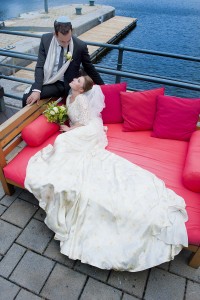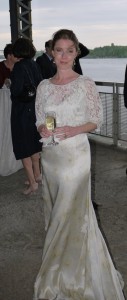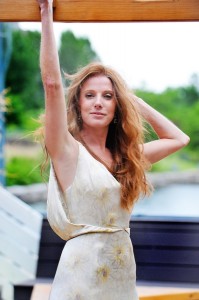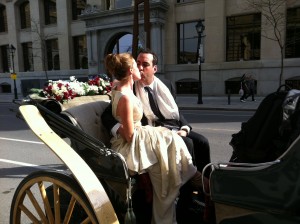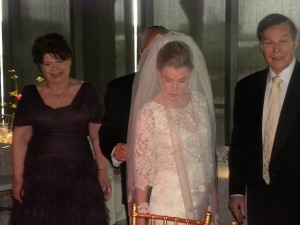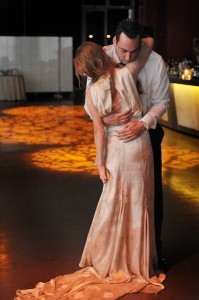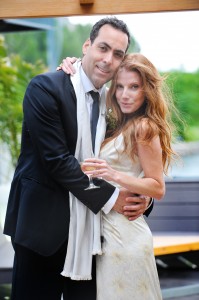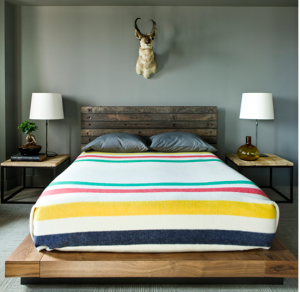*From Huffington Post Canada
I’m no Scrooge. I love the gift-giving spirit. Yeah, as a teen in the ’90s, I railed against the false pretenses and corniness. But now I think the concept of a “Hallmark holiday” is positively quaint. The prospect of buying a gift from an actual bricks-and-mortar store — as in, not from Amazon.com or www.gilt.com, where I do the vast majority of my shopping — and then attaching an actual handwritten card to it, warms my heart.
That said, overthinking the perfect object to anoint each and every festivity is not an indulgence I am allowing myself this time of year.
Canadian adults are expected to spend about $950 on gifts and holiday décor combined. Jaw-dropping as that dollar amount may be, there is another factor to consider: The (wo)man-hours involved in all this decision-making.
Because for some of us, trying to figure out whether or not to gift that spiffy Disney-themed LED light is a process that can take upwards of 20 minutes — and I haven’t even including the wrapping part, since in my current world, I’ve eliminated this problem altogether by insisting on only using re-usable totes. My no-wrapping policy eases my conscience about waste, though I acknowledge there’s more to be done.
I’m currently juggling Hanukkah, birthdays, kids parties, Christmas get-togethers, holiday mixers, baby showers, new houses and a whole bulk of charity gift-giving occasions. My brain is as spent as my wallet.
As such, I’ve come up with helpful strategies to curb my holiday shopping hemming and hawing.
First, I’ve implemented the “five-minute rule” when choosing a gift. I set the timer on my phone. Usually, I ignore it when it goes off, but it’s a start.
Second, when possible, I’ll repeat presents I give. If it’s appropriate, I’ll buy Champagne, or reasonably priced “pink bubbly,” usually Mumm Napa or Louis Bouillot. I have a variety of fun, original items from the MoMA store stored in my gift closet at home, along with boxes of Zingo and a bonanza of Fingerling monkeys.
Third, when buying a custom gift for someone, I now encourage him or her to exchange it. Self-imposed time constraints may result in me giving less-optimal gifts, and so I’ve decided to adopt a realistic attitude about returns.
In the spirit of my new “less time, less waste” holiday policy, I have jotted up an open letter to all my gifts recipients, expressing the sentiment above and how they might play out. I encourage others to use these letters as templates for their special someone, too, though I’ll warn you — they are a wee tongue in cheek (insert: winky face).
To my close friend, Miss Fantastic:
They say it’s the thought that counts, but I’m spare on thinking nowadays. Please return or exchange this gift I bought you, no offence taken. Actually, I’d be thrilled that you chimed in on the matter. I bought you those silky pajamas in black with the white trim since they were more practical. Personally, I preferred the pristine, less functional white ones with the black trim. If you happen to agree — and we often do — please use the gift receipt provided.
To my son, Pookie-Angelface:
I know you’re obsessed with fire trucks, dump trucks, and all kinds of oversized vehicles. But standing at the store, I couldn’t bring myself to buy another one. So I grabbed the cream-coloured vintage car since I thought it was cute and slightly different from your other toys. More to the point, decisions needed to be made — I had to get home to relieve your sitter. If you hate the car, I’ll exchange it for you. This was a gamble I had to make at the time.
To my friend’s four-year-old daughter:
I wanted to buy you Barbie for your birthday, but I understood that she’s controversial. Also, is Barbie appropriate for a girl your age? Hard to know. Therefore, I plucked an eco-chic design-your-own tutu kit from my storage gift closet at home instead. I’m petrified of global warming, so giving you this earthy-inspired gift made me feel (slightly) better about myself, even if I might be the victim of green-washing. Most importantly, it settled that whole Barbie issue. If you’re more into dolls than crafty tutus, it’s cool with me if you re-gift it to one of your young pals, or even put it in a donation box.
To my darling husband:
You are the one exception that shall prove my “please return or exchange or re-gift this gift” rule. Because whatever you do, DO NOT RETURN, NOR LOOK UP THE PRICE of those John Varvatos sneakers I bought you on Black Friday weekend. I swear I got them on sale, just slightly more than the price I might have shared with you. Also, you cannot return or exchange them anyhow, so why bother getting into a tizzy over it? They look fantastic. Keep them. I beg.
Finally, to others who might not adore what I give you at this present-happy time of year: Please understand that I’m back-logged on wedding gifts from last summer, and while I’m confessing, I have two outstanding presents that I still haven’t delivered from the summer before that.
So this holiday season, when I arrive at your function, please accept my digestible, perishable or pulled-from-the-shelf gift in the handsome tote provided. And if you feel the need to re-use, recycle or return its contents, be my guest. I’d be especially pleased if you re-gifted that Champagne back to me.

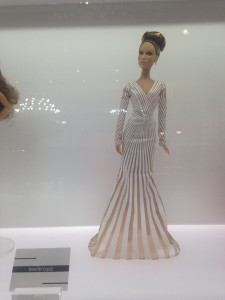
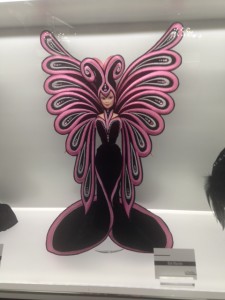
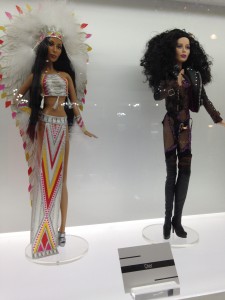
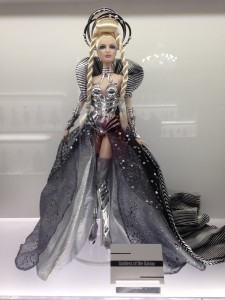
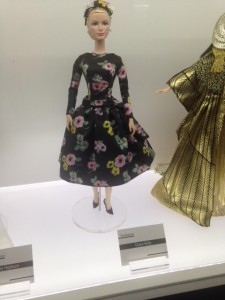
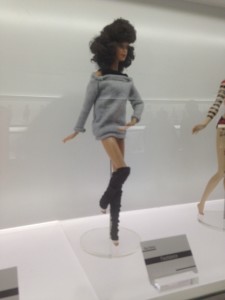
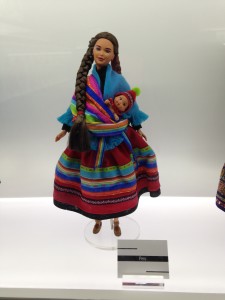
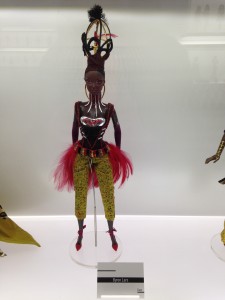
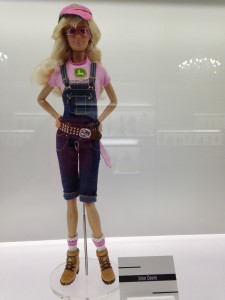
 Paris Fashion Week from Elle.com
Paris Fashion Week from Elle.com